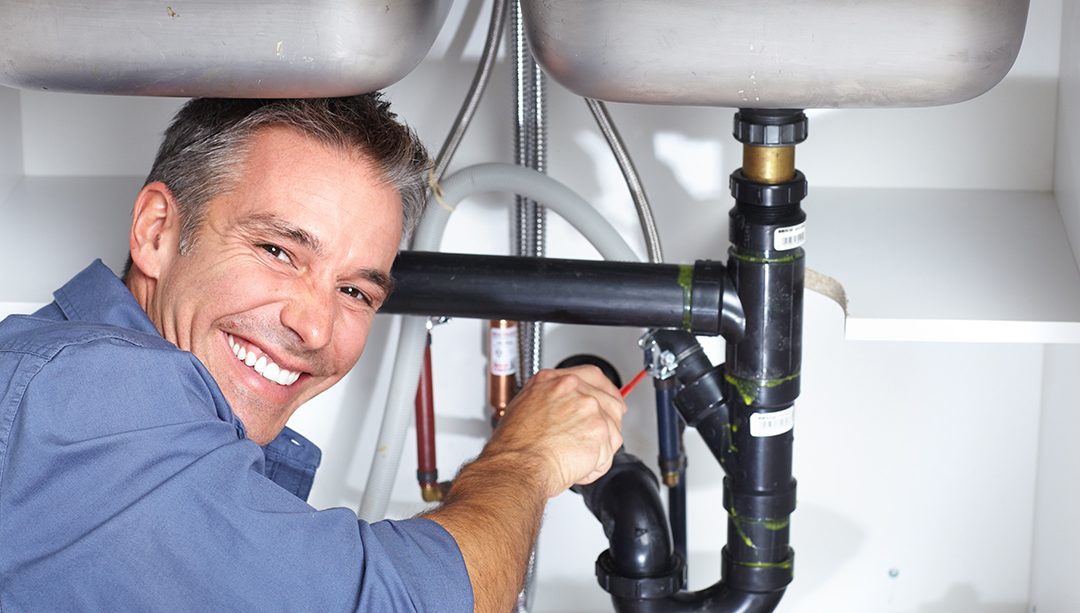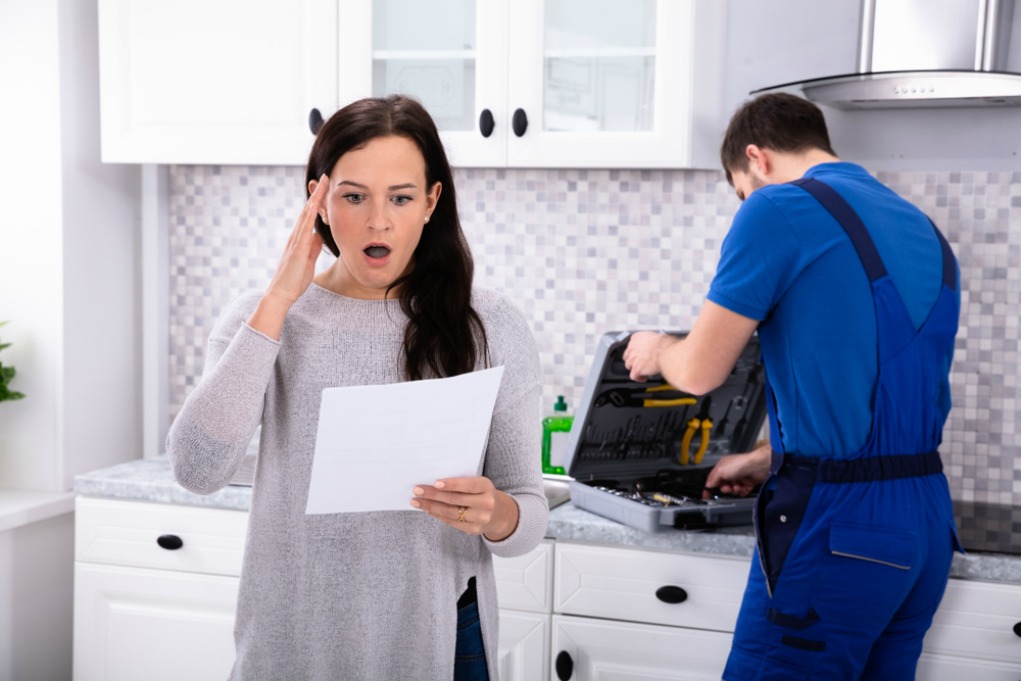Tackling Plumbing Issues in Older Homes: Professional Tips
Tackling Plumbing Issues in Older Homes: Professional Tips
Blog Article
The article further down pertaining to Plumbing Problems In Old Homes is absolutely attention-grabbing. Read it yourself and figure out what you think of it.

Older homes usually include charm, character, and background, but they can likewise bring a host of plumbing issues. Whether you're managing aging pipelines, low tide pressure, or leaks, recognizing how to attend to these common problems is vital to keeping a secure and functional home. In this guide, we'll discover the typical plumbing difficulties encountered by older homes and supply practical options to keep your pipes in leading shape.
Recognizing Common Plumbing Concerns
Aging Pipelines
One of the most typical problems in older homes is aging pipes. Depending upon the age in which your home was constructed, the pipes could be made from materials that have actually deteriorated in time, such as galvanized steel, cast iron, or perhaps lead. These materials can corrode, end up being breakable, or create leaks, resulting in water damage and prospective carcinogen.
Low Water Pressure
If you're experiencing low tide pressure, it could be because of natural resources, corrosion inside the pipes, or old fixtures that are no longer working effectively. This can be a significant aggravation, especially in areas like showers and sinks.
Leaking Pipelines
Leaks are another regular problem in older homes, usually brought on by corroded or worn-out pipelines. Also tiny leakages can lead to significant water damages, mold growth, and increased water costs otherwise resolved without delay.
Obsolete Components
Out-of-date pipes components such as faucets, toilets, and showerheads not only look old but might additionally be much less efficient, prone to leaks, or incompatible with modern plumbing standards.
Pipeline Deterioration
Rust is a typical problem in older pipes, particularly those made from galvanized steel or actors iron. Rusty pipes can restrict water circulation, cause staining, and eventually result in leakages or pipe ruptureds.
Evaluating the Problem of Your Pipes
Inspecting Noticeable Pipelines
Beginning by checking any type of visible pipelines in your house, such as those in cellars, crawl spaces, or under sinks. Try to find indications of rust, leaks, or corrosion, which can indicate underlying problems.
Checking for Leakages
Check for leaks by evaluating locations around taps, commodes, and under sinks. You can likewise monitor your water meter prior to and after a duration of no water use to spot hidden leakages.
Water High Quality Testing
Older pipes can influence the top quality of your water. Conduct a water high quality test to check for impurities such as lead, rust, or other contaminations that might be presented by aging pipes.
Solutions for Usual Plumbing Concerns
Changing Aging Pipes
If your home has old, weakening pipelines, take into consideration replacing them with modern materials like copper or PEX. This can be a significant financial investment, yet it will certainly avoid future issues and improve the safety and security and integrity of your pipes system.
Dealing With Low Water Stress
To repair low tide stress, start by cleansing or replacing old components and removing mineral build-up in the pipes. If the problem lingers, it may be essential to replace areas of corroded pipes.
Repairing and Changing Leaking Pipes
For tiny leaks, you can make use of pipe clamps or epoxy putty as a short-lived solution. Nonetheless, it's ideal to replace dripping pipelines entirely to prevent more damage.
Updating Components
Upgrading old components to modern, water-efficient models can enhance your home's pipes performance and minimize water intake. Seek components with the WaterSense tag for the very best effectiveness.
Taking Care Of Pipe Rust
If your pipelines are corroded, replacing them with corrosion-resistant products like copper, PVC, or PEX is the best service. Normal inspections and water high quality upkeep can aid stop further rust.
When to Call an Expert
While some plumbing issues can be managed with DIY solutions, there are times when it's finest to call a specialist. If you're taking care of major leaks, extensive corrosion, or are not sure concerning the problem of your pipelines, an accredited plumbing professional can provide professional evaluation and repair service.
Preventive Upkeep Tips
Normal Inspections
On a regular basis evaluate your pipes system for indicators of damage. Capturing concerns early can prevent costly repair work down the line.
Water Pressure Policy
Ensure your water pressure is within the recommended range to prevent worrying your pipes and fixtures. A plumbing can install a stress regulatory authority if needed.
Water Top Quality Upkeep
Set up water filters or softeners if your water quality is poor. This can shield your pipelines and components from damage caused by tough water or pollutants.
Positive Pipe Substitute
If your home has very old pipes, consider aggressive replacement before significant problems arise. This can conserve you from emergency situation repair work and water damage.
Final thought
Handling pipes problems in older homes requires a combination of alertness, precautionary maintenance, and prompt upgrades. By understanding the usual difficulties and understanding when to seek specialist help, you can guarantee your plumbing system continues to be practical and trustworthy for years ahead.
Common Plumbing Problems in Older Homes
Older homes have a ton of character from the antique brass faucets, clawfoot tubs, and colorful tile to the Dutch doors, transom windows, and archways, there s a lot to love. Unfortunately, that character often includes old plumbing that s past its prime and isn t fit to support modern appliances.
If you own an older home and are suspicious about strange noises (ghosts?), smells, leaks, or frequent clogs in your plumbing, it's possible that your home s old age is to blame.
Learn more about the most common old house plumbing problems, and what can be done to fix them!
What Are the Most Common Plumbing Problems in Old Houses?
Old, corroded piping. Most older pipes are made of material that corrodes and rusts more easily. Even if over the years some of that piping was replaced with better material, the rest may be damaged or repaired with lower-quality material. Though expensive, it may be the best option to re-pipe your plumbing especially if there s rust or lead in your water. Slow drains. This could be the result of many issues, but most likely because of pipe bellies. These are sags in your drainpipes that happen as your home settles and shifts downward over time, putting pressure on your pipes and creating negative slopes. This can restrict water from flowing correctly through them and result in slow drains. Frequent clogging. As you might expect, pipe bellies can also lead to frequent clogging. Another reason for clogging could be due to buildup over time, or blockages from sediment and root growth. Scheduling a drain inspection and drain unclogging service can eliminate this issue. Damaged or failing sewer lines. Old homes are more likely to have foundational shifts and tree root overgrowth. This can put a lot of pressure on and in your sewer lines, leading to damage. Another common reason for failed sewer lines is because of modern appliance upgrades. Newer appliances put more strain on sewer lines, and if your old pipes aren t equipped to handle this, it can result in damage. If you have any wastewater backup, slow drains, or soft spots in your yard, you may need sewer line replacement. Worn or outdated fixtures. Plumbing fixtures old or new aren t built to last forever. Even if your fixtures seem like they re working well, it s best to check the wear on any internal parts. Minor wear and tear over time can lead to more costly leaks and plumbing issues. Our experts can perform a plumbing inspection for any part of your home s plumbing. Improper installations or repairs. Whether your plumbing was installed a hundred years ago, installed incorrectly, repaired incorrectly, or repaired with outdated materials, this can affect the long-term stability of your plumbing. In older homes especially, having your plumbing inspected is vital to preventing damage. What Are Old Plumbing Pipes Made Of?
Galvanized steel. Most often used between the 1930s and the 1980s, this piping material was discovered later in the 1990s to be prone to rust and corrosion, releasing lead into the water, which is dangerous to consume. Copper. Most homes built around the 1960s are likely to have copper piping. Unlike galvanized steel, copper is one of the most durable materials for plumbing pipes. The issue with this material is the risk of lead, which could be present in the piping itself or the solder applied to the joints and fittings. PVC. This material is still used today and was often used in older homes where piping was replaced because it was easy and inexpensive to install. PVC is also very durable, lead-free, resistant to rust and corrosion, and handles high water pressure well. The downside is that hot water can make it warp. How to Fix Plumbing Problems in Old Homes
Have your plumbing inspected. Before you begin or schedule any type of repair, schedule a plumbing inspection. An expert will be able to properly identify all the issues in your plumbing and the best solution to avoid further damage. Get your plumbing repaired or replaced as needed. Depending on the issues found with your plumbing, you may need minor repairs or larger replacements. Make sure these issues are addressed before you tackle any smaller issues. Remove any clogs or buildup. It s likely your old pipes are clogged with debris, mineral buildup, hair, tree roots, and more. Having your drainpipes cleaned will improve overall drainage and help prevent future leaks. Replace old fixtures. Before replacing any fixtures, check with your local plumber first. Not only can new fixtures strain your old plumbing pipes, but installing them incorrectly can lead to costly damage.

Do you really like reading up on ? Put a remark down the page. We would be happy to hear your suggestions about this article. Hoping to see you back again soon. Are you aware of another individual who is fascinated with the subject? Take a moment to promote it. I cherish reading our article about Common Plumbing Challenges In Old Buildings.
Free Quote Report this page